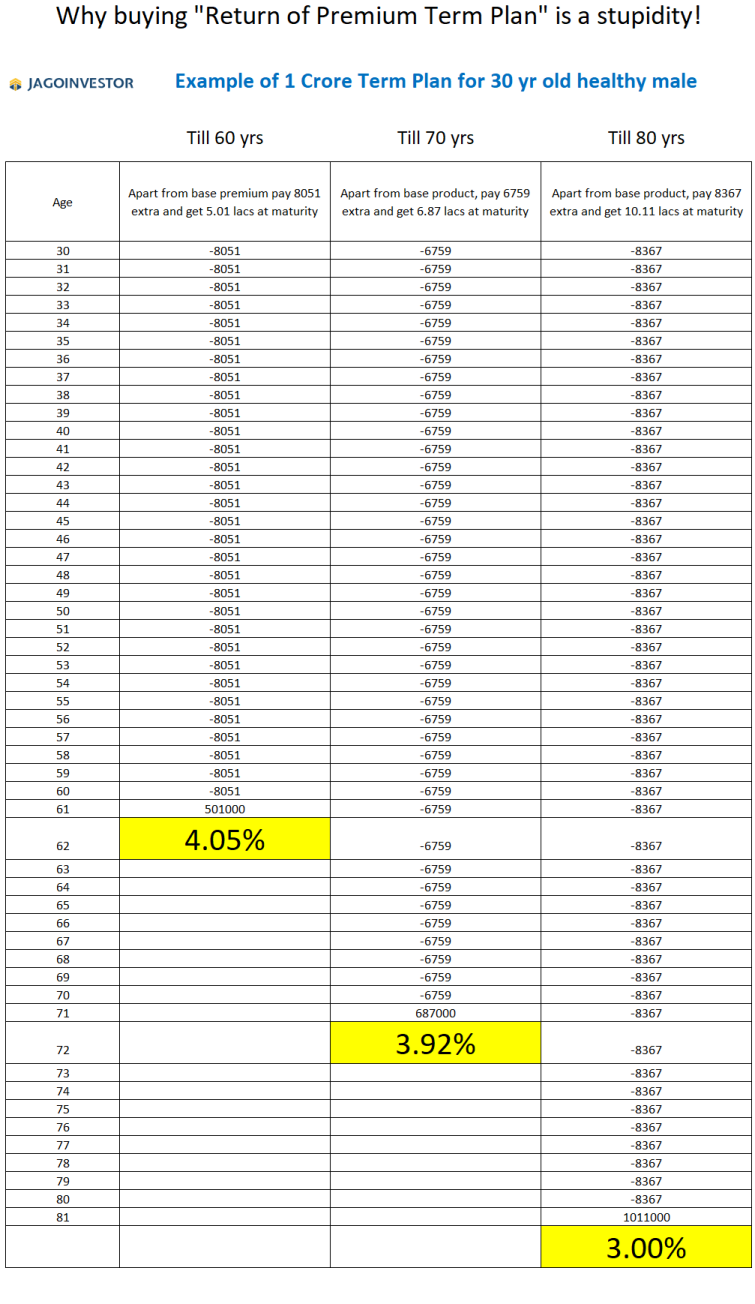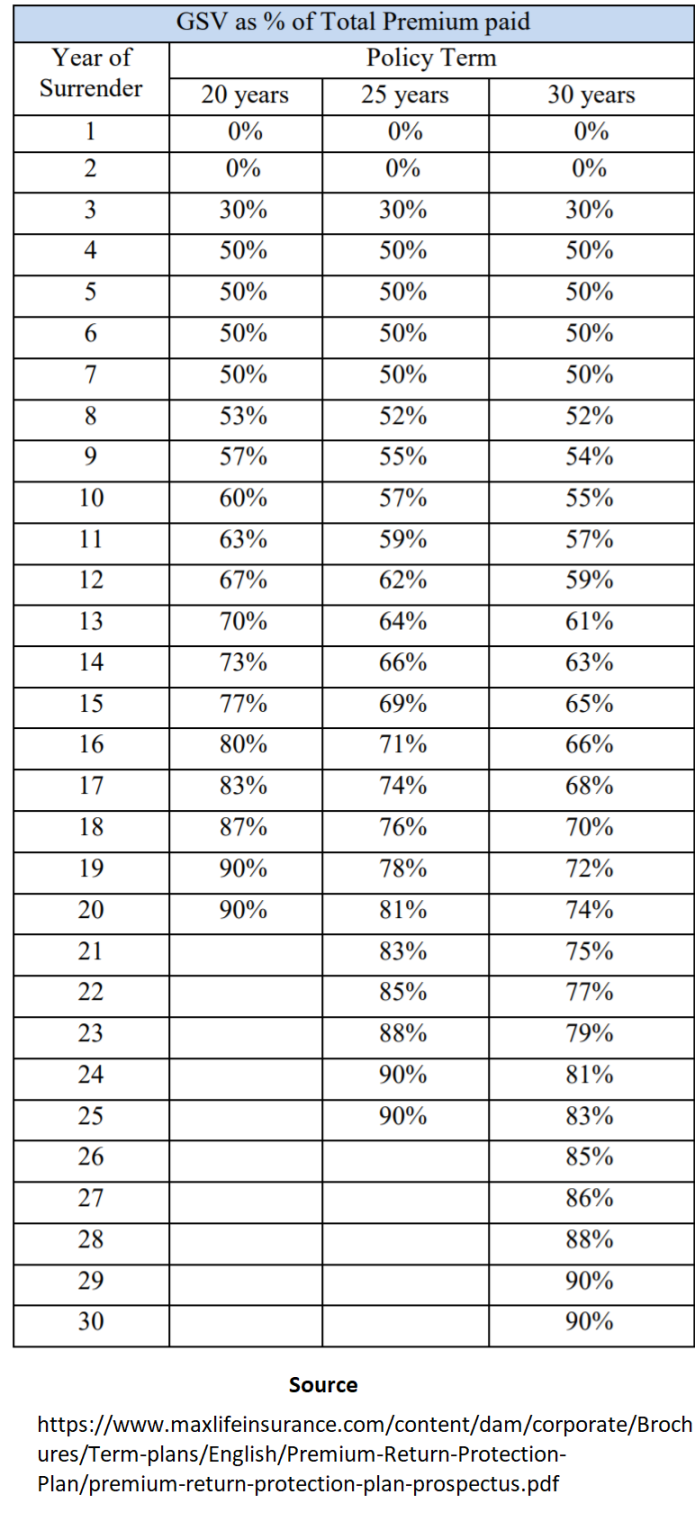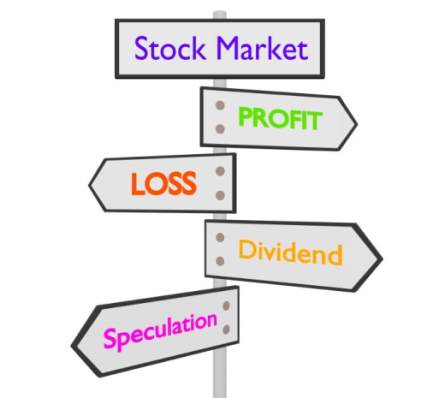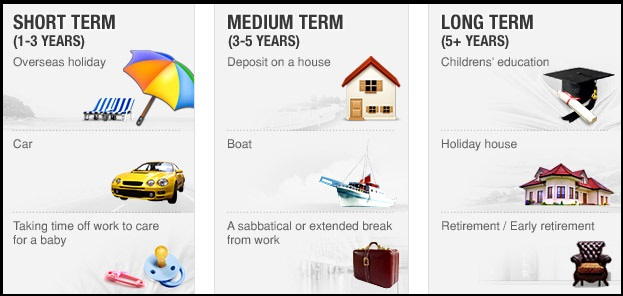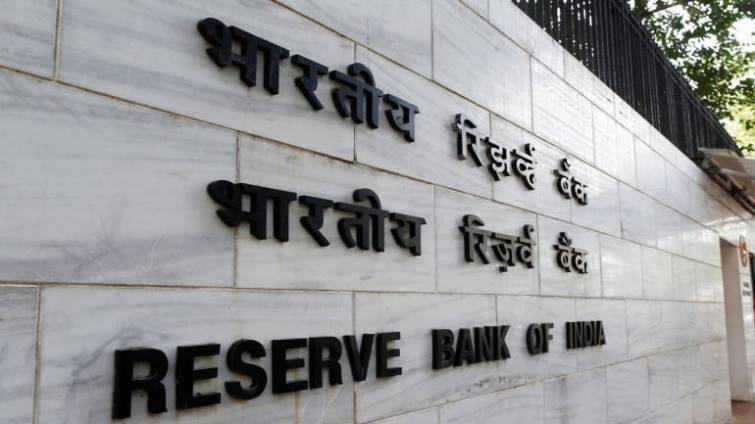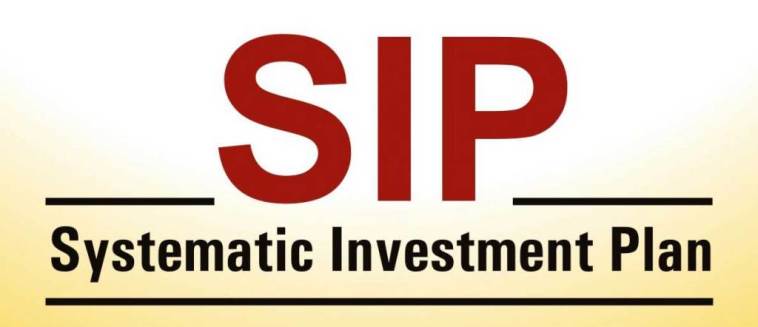The only schemes that comes in your mind when it comes to retirement benefits are EPF, NPS & PPF. But there is one more scheme i.e. Super Annuation about which lot of people don’t even know. And those who know about it they don’t know how much corpus they have as their super annuation.
In this article I’m going to tell you what is super annuation and how to check your superannuation balance if your employer maintains it with LIC.

First of all I would like to share with you an important thing, which one of my friend Subbu has figured out himself . Credit goes to him.
A lot of employees do not care to check there Superannuation amount, or they are not even aware that it exists. Knowing the amount of your superannuation can be helpful, because then you know that you have that much saving and hence when you plan your investments, you can factor in this information and take better decisions . This small amount make big chunks of your portfolio .
What is Superannuation?
Superannuation is a retirement Benefit by employer . It is a contribution made by employer each year on your behalf towards the group superannuation policy held by the employer. This is an important part of creating wealth for your retirement .
Features of Super annuation :
a) Superannuation Fund is a retirement benefit given to employees by the Company.
b) Normally the Company has a link with agencies like LIC Superannuation Fund, where their contributions are paid.
c) The Company pays 15% of basic wages as superannuation contribution. There is no contribution from the employee.>
d) This contribution is invested by the Fund in various securities as per investment pattern prescribed.
e) Interest on contributions is credited to the members account. Normally the rate of interest is equivalent to the PF interest rate. Read what is EPF and PPF ?
f) On attaining the retirement age, the member is eligible to take 25% of the balance available in his/her account as a tax free benefit.g) The balance 75% is put in a annuity fund, and the agency (LIC) will pay the member a monthly/quarterly/periodic annuity returns depending on the option exercised by the member. This payment received regularly is taxable.
h) In the case of resignation of the employee, the employee has the option to transfer his amount to the new employer. If the new employer does not have a Superannuation scheme, then the employee can withdraw the amount in the account, subject to deduction of tax and approval of IT department, or retain the amount in the Fund, till the superannuation age.
Source : https://www.citehr.com
What happens with your superannuation after your retirement?
Once you get retired you can use the amount of your super annuation in 2 ways, either withdraw the total amount which will be completely taxable if withdrawn at once, or withdraw 1/3rd of it which will be tax free and convert the 2/3rd amount in regular pension scheme.
Tax will be applicable on the remaining 2/3rd of the superannuation amount and returns on it.
What happens if you resign?
This is the concern of most of the people today. When you resign the job, you can transfer your Super Annuation from your current employer to new employer and can continue it till your retirement.
If your new employer does not have the superannuation scheam, then you have 2 options, either withdraw all the money on which tax will be applicable, Or let it be in your superannuation fund and use it after your retirement as per the above mentions tax rules.
How SuperAnnuation is calculated?
The interest rate on Super annuation is similar to the interest rate applicable on PPF. Whereas the returns may differ depending upon the underlying insurance company and the superannuation scheam that your company has taken.
The interest in calculated and deposited to your account yearly. This is the interest paid by the insurance company and also your employers contribution.
Super annuation chart:
[su_table]
| Years of Employment | Amount of Super Annuation |
| Less than 1 year | NIL |
| Between 1 and 2 years | 50% of the contribution + interest earned |
| Between 2 and 3 years | 75% of the contribution + interest earned |
| More than 3 years | 100% of the contribution + interest earned |
[/su_table]
Interest Earned :
This is interest paid by LIC every year on the contribution by employer.
Rules of Superannuation on Maturity
Once the employee completes 3 years of service and works till his/her retirement, he/she can make use of superannuation balance as a form of pension. He/She can withdraw 1/3rd of the accumulated balance after retirement and the rest can be availed as monthly pension till end of life.
Steps for checking Superannuation balance online?
1. Go to licindia.com
2. Register for a user id and password.
3. Login.
4. Click on ‘Group Scheme Details’ tab.
5. Click on ‘member’ radio button.
6. Get the group policy number for super annuation from your company’s payroll department and enter ” in the policy number text box and click ok. (Talk to your finance department for getting the group policy number , this will be unique for all the employees of a company).
7. It will ask for LIC Id no and Date of Birth fields.
8. To get LIC Id no, call LIC branch with which your employer has a super annuation account and inform that you are calling from your company and provide your name to the LIC official. They will give your LIC ID No.
9. Since most companies had not furnished the date of birth details to LIC, enter ’01/07/1960′ / ’07/01/1960′ (forgot the order, try both n check) in the date of birth field.
10. You will get the policy enrolled and you can click on the policy number to view the details. The details will contain the accumulated balance till the last financial year. It also shows contribution made by your employer i the current financial year.
Are you able to see Superannuation Balance for yourself ? Were you aware of it ? Please share with us in comments section . Also please share if you find any discrepancies with the steps .



